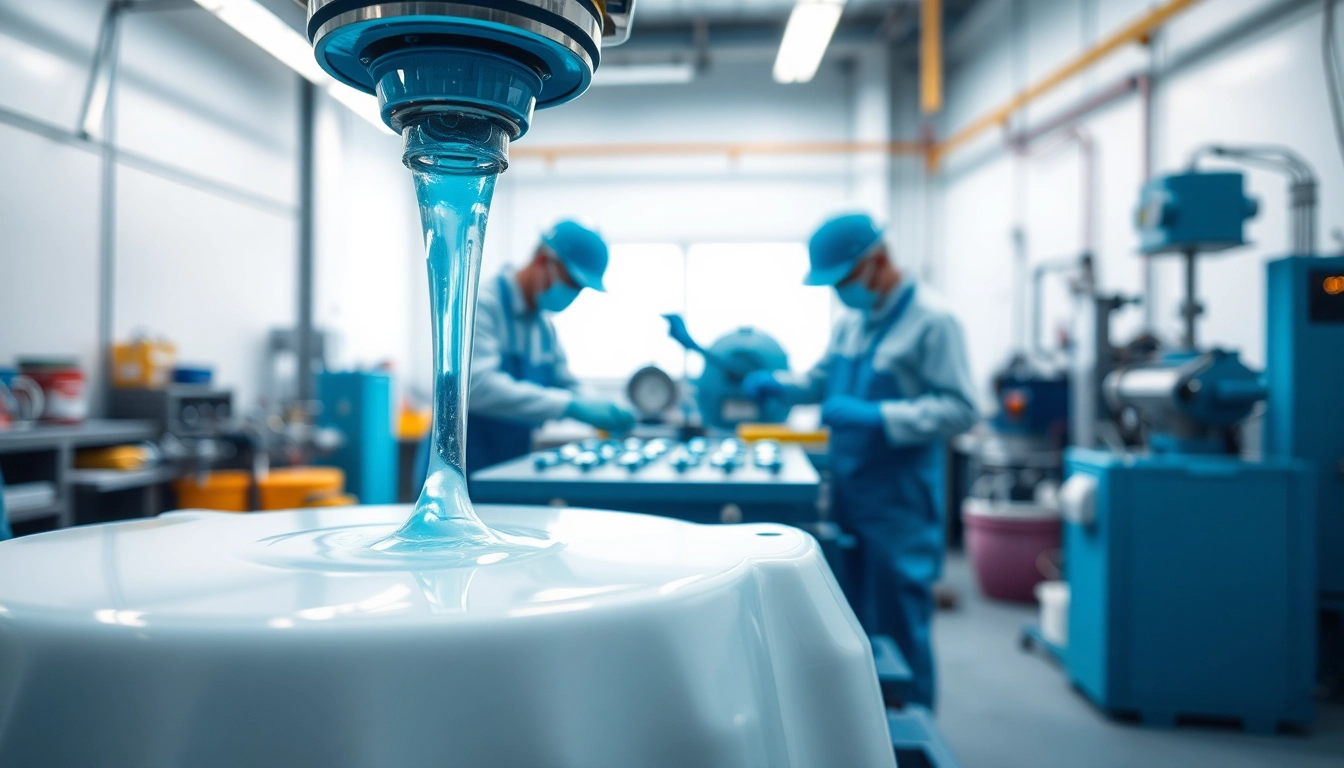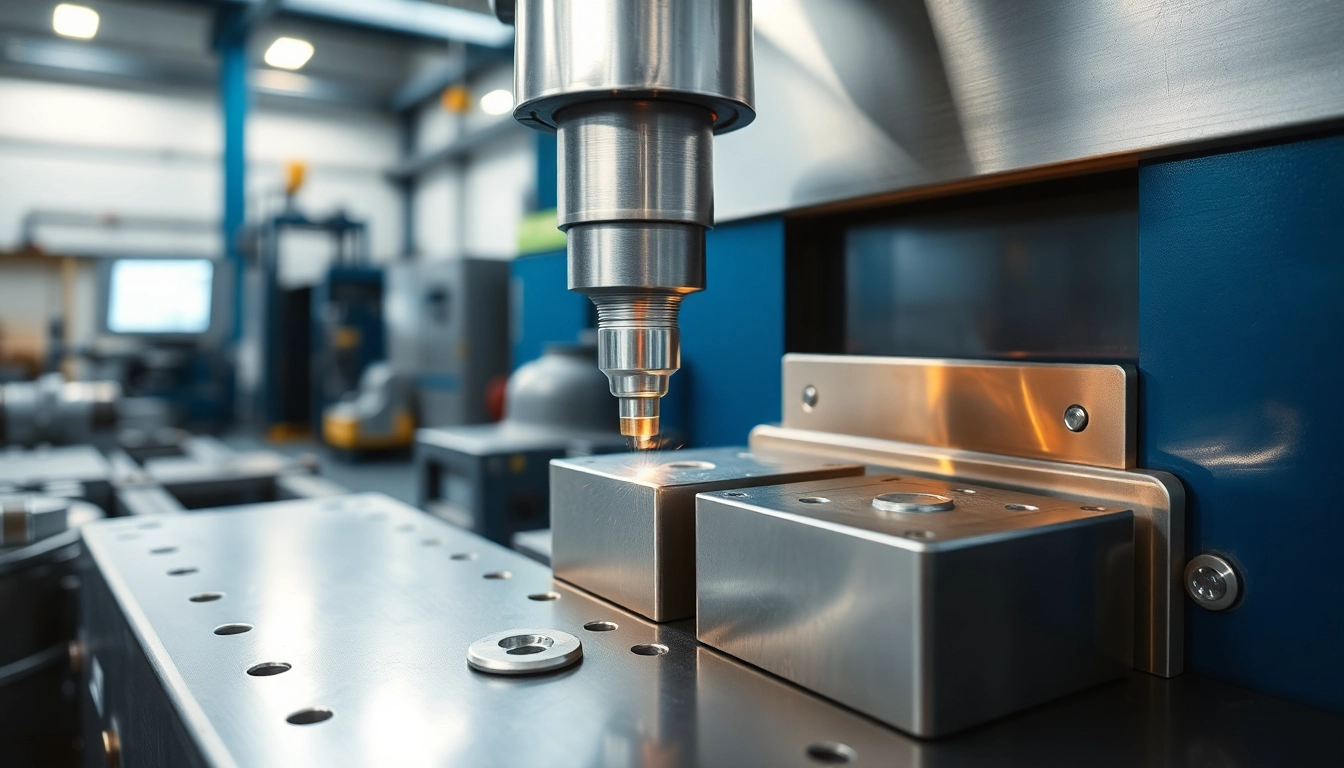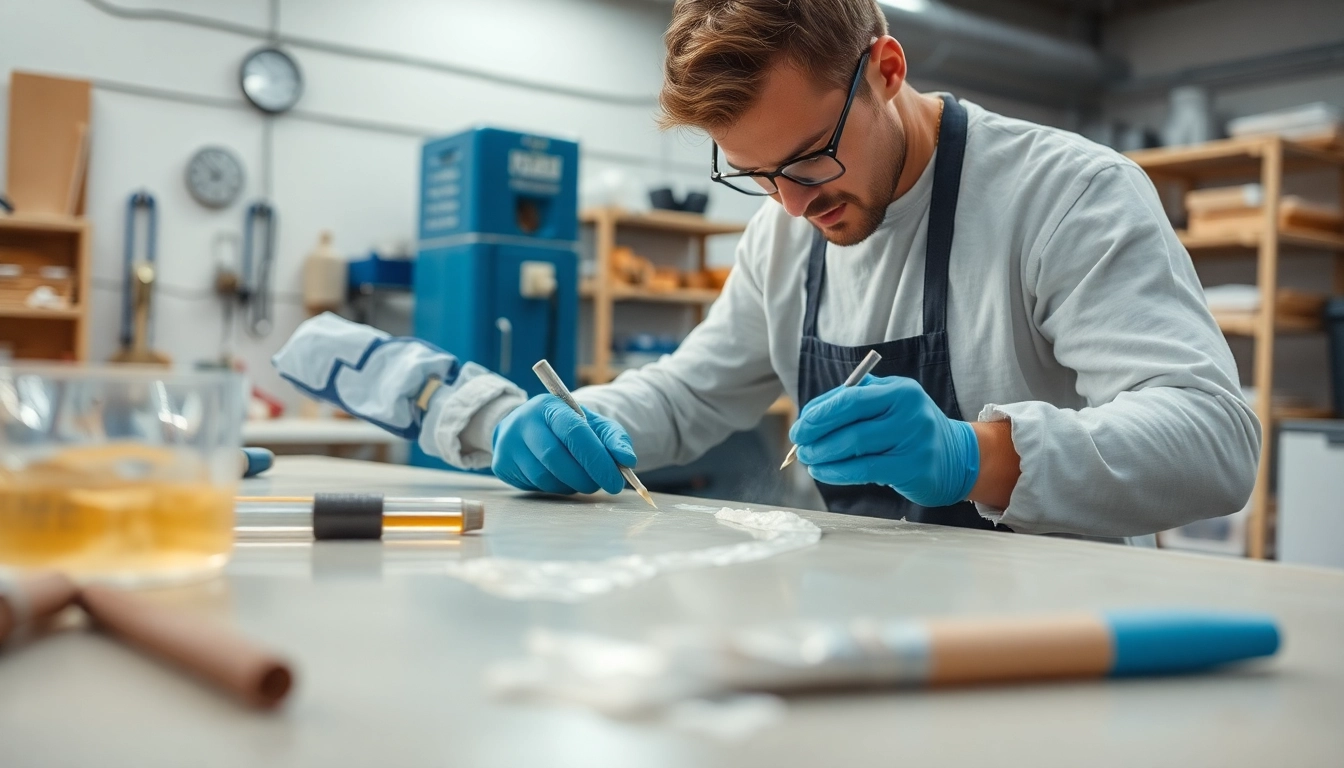Understanding Infusion Resins and Their Applications
What Are Infusion Resins?
Infusion resins are specially formulated materials used in composite manufacturing processes such as vacuum infusion and resin infusion. They are designed to penetrate fibrous substrates, making them ideal for producing strong and lightweight components. These resins typically exhibit low viscosity, allowing them to flow easily through dry fibers, ensuring a complete and homogeneous saturation. The result is a finished product that reflects both strength and reliability.
These resins play a crucial role in creating various composite parts used in industries ranging from aerospace to marine. They provide the structural integrity required for high-performance applications while allowing manufacturers to take advantage of the benefits of composite materials, such as reduced weight, enhanced durability, and improved overall performance. By choosing infusion resins, manufacturers can achieve optimal infusion process outcomes.
Key Advantages of Using Infusion Resins
Infusion resins offer several advantages that make them the preferred choice for composite manufacturing:
- Low Viscosity: Their low viscosity enables easy flow through complex fiber architecture, which improves the efficiency of the infusion process.
- High Strength: Once cured, infusion resins create robust end products with high mechanical strength, meeting the demands of various applications.
- Controlled Flow: The controlled flow characteristics help in minimizing surface imperfections, leading to superior finish quality.
- Reduced Voids: The infusion technique helps in achieving thorough wet-out, reducing the likelihood of voids and enhancing the overall strength of the part.
- Cost-Effective: Compared to traditional methods, resin infusion can lead to reduced material waste and lower labor costs, making it a more economical choice.
Applications Across Industries
The versatility of infusion resins allows their application across a multitude of industries:
- Aerospace: Used for manufacturing components like wings and fuselage panels where weight is critical.
- Marine: Essential for boat hulls and components that must withstand harsh environmental conditions.
- Automotive: Pivotal in producing lightweight parts that contribute to fuel efficiency and performance.
- Wind Energy: Utilized in the construction of turbine blades, where durability and efficiency are paramount.
- Sports Equipment: Found in high-performance items such as bicycles, where strength-to-weight ratio is crucial.
The Science Behind Infusion Resins
Chemical Composition and Properties
Infusion resins are primarily composed of epoxy or polyester systems, which provide unique performance characteristics. Epoxy resins, known for their superior adhesion, mechanical properties, and chemical resistance, are commonly used due to their ability to create strong, durable composites.
The properties of infusion resins are a direct result of their formulation. Additives such as fillers, toughening agents, and accelerators can be included to modify properties specific to the application’s needs. Understanding the chemical composition is vital; it influences the curing time, thermal resistance, and overall performance of the resin in application.
How Infusion Resins Cure and Harden
The curing process of infusion resins typically involves a chemical reaction between the resin and a hardener or catalyst. This reaction cross-links the molecules in the resin, transforming it from a liquid state into a solid state. The duration of this process can vary; however, many infusion resins are designed for a balance of conventional and fast curing times, optimizing efficiency for manufacturers.
Curing can be further promoted through environmental conditions such as heat, thereby enhancing certain properties such as strength and chemical resistance. With careful control of curing parameters, manufacturers can achieve the desired performance characteristics in their end products.
Comparing Infusion Resins with Other Resin Types
When comparing infusion resins to other types, such as hand layup resins and prepreg systems, several distinctions become evident:
- Viscosity: Infusion resins are typically lower in viscosity, allowing for better penetration and wet-out of fiber reinforcement compared to hand layup resins.
- Process Control: The infusion process allows for greater control over the material distribution and curing environment, reducing reliance on manual labor and improving consistency.
- Quality: Infusion resins tend to yield parts with fewer defects, as the vacuum helps eliminate air pockets and ensures complete fiber saturation.
Best Practices for Working with Infusion Resins
Preparation Techniques for Optimal Results
Proper preparation is integral to successful resin infusion. Here are some best practices:
- Surface Cleaning: Before applying infusion resins, ensure that all surfaces are clean from contaminants that might inhibit bonding.
- Choosing the Right Reinforcement: Selecting the appropriate fiber type (e.g., carbon, glass) and weight contributes significantly to the structural integrity of the final product.
- UV Protection: If applicable, treating the composite with UV-resistant coatings can expand its lifespan, especially for outdoor applications.
Application Methods and Techniques
Several techniques can be employed in applying infusion resins:
- Vacuum Infusion: This widely used method involves drawing a vacuum over the fibers, allowing resin to flow into the laminate under atmospheric pressure, ensuring thorough saturation.
- Flexible Molding: Utilizing flexible molds can help in crafting complex shapes while maximizing resin utilization.
- Temperature Control: Implementing controlled heating during curing can enhance resin properties and reduce voids.
Safety Considerations When Handling Infusion Resins
When working with infusion resins, safety should always be a priority. Consider the following safety measures:
- Personal Protective Equipment (PPE): Always wear appropriate PPE, including gloves, goggles, and respirators, to protect against fumes and chemical exposure.
- Ventilation: Ensure that workspaces are well-ventilated to minimize inhalation risks associated with resin fumes.
- Proper Disposal: Follow local regulations for disposing of resin and waste materials to minimize environmental impacts.
Common Challenges in Resin Infusion
Pitfalls to Avoid When Using Infusion Resins
While resin infusion offers many benefits, several common challenges might arise:
- Inadequate Venting: Poor venting can lead to incomplete wet-out and the trapping of air, affecting part quality.
- Improperly Managed Curing: Deviations in temperature or humidity can adversely affect cure times and the final properties of the resin.
- Inconsistent Mixing: Failure to thoroughly mix resin and hardeners can lead to variations in curing and performance.
Resolving Air Traps and Bubbles
Air entrapment is one of the most significant issues faced during resin infusion. Here are some strategies to mitigate this problem:
- Optimal Fiber Layout: Designing the fiber arrangement to promote efficient resin flow can minimize the chances of air localizing in pockets.
- Pre-impregnation: Pre-soaking fibers prior to infusion can help eliminate trapped air.
- Infusion Speed: Adjusting the speed of resin flow can give trapped air a better chance to escape.
Maintaining Consistency in the Infusion Process
To ensure consistent results, manufacturers should focus on several critical factors:
- Standardized Procedures: Implementing standard operating procedures for mixing and application can help maintain uniformity.
- Regular Equipment Calibration: Frequent testing and calibration of equipment ensures the infusion process remains effective and reliable.
- Quality Control: Establishing checkpoints during the process can help identify deviations early and allow for immediate corrective actions.
Future Innovations in Infusion Resins
Emerging Technologies and Trends
Innovation is at the forefront of infusion resin technology. Several groundbreaking trends are being explored, including:
- Smart Resins: Research into self-healing and adaptive resins is underway to enhance reliability and longevity.
- Advanced Fiber Reinforcements: The development of new fiber materials might optimize infusions, leading to next-generation composites.
- 3D Printing Applications: Infusion resins are being integrated with additive manufacturing, enabling tailored design capabilities.
Eco-Friendly Alternatives to Traditional Infusion Resins
The industry is increasingly turning towards sustainability with the development of bio-based and eco-friendly infusion resins. Manufacturers are focusing on:
- Natural Fiber Reinforcements: Incorporating natural fibers into the composite structure to reduce reliance on synthetic materials.
- Bio-based Resins: Formulating new resins that utilize renewable resources without compromising performance.
- Circular Economy Practices: Implementing recycling strategies for composite materials to minimize waste.
Predictions for the Infusion Resins Market
Looking to the future, the infusion resins market is projected to witness significant growth. Several factors will drive this evolution:
- Increased Demand for Lightweight Materials: Industries are competing to reduce weight in order to improve fuel efficiency and lower emissions, raising the need for infusion resins.
- Technological Advancements: Continuous innovation will provide enhanced performance properties, attracting new users to resin infusion processes.
- Global Market Expansion: Emerging markets are beginning to integrate composite technologies, presenting new opportunities for infusion resins.




